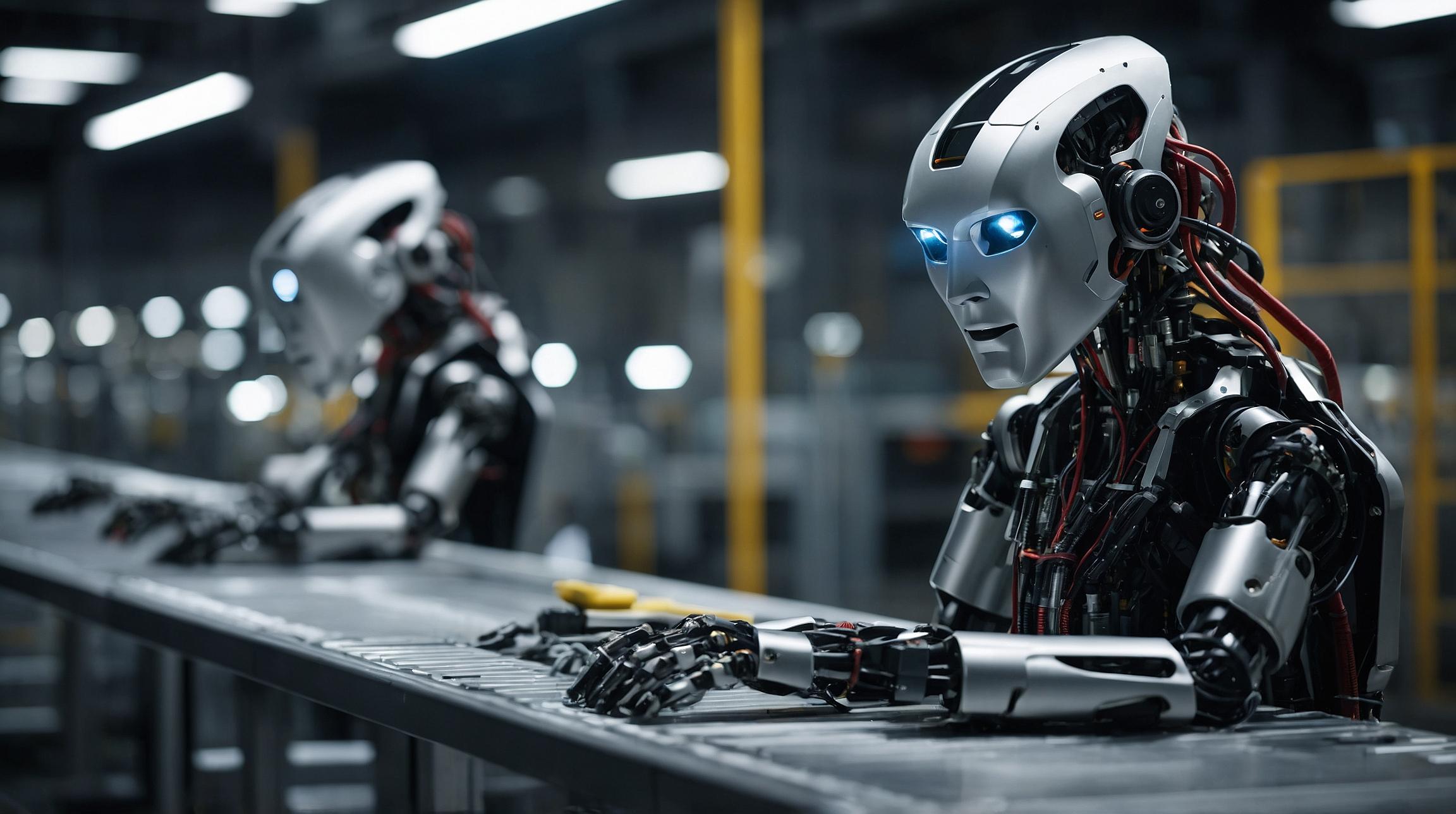Understanding AI in Machinery
The Artificial Intelligence (AI) in Machinery market is experiencing rapid growth, currently valued at USD 2.86 billion and projected to reach USD 17.64 billion by 2030, according to HTF Market Intelligence. This represents a remarkable growth rate of 48.2% CAGR during the period from 2024 to 2030. But what does AI in machinery mean, and why is it gaining traction?
To put it simply, AI in machinery involves embedding smart systems, like machine learning and robotics, into machines to enhance their performance. For example, consider a factory robot that can learn and adapt its tasks over time, similar to how a smartphone learns your typing habits to suggest words.
Key Market Trends and Drivers
A significant trend is the integration of AI with the Internet of Things (IoT). This combination allows machines to collect data in real-time, analyze it, and even make decisions, thus enabling predictive maintenance. Predictive maintenance is akin to your car alerting you when it's time for a service, but with much more precision.
Another trend is edge computing, which processes data closer to where it's generated, reducing delays. Imagine it as having a mini-computer attached to your washing machine, making it react quicker to a change in water pressure.
The primary market driver is the promise of efficiency and safety. AI-equipped machines can operate on their own, potentially reducing operational downtime and increasing production. They can also handle dangerous tasks, improving worker safety, which is particularly beneficial in industries such as mining or manufacturing.
Opportunities and Challenges
The market presents numerous opportunities, such as new business models where companies might offer machinery as a service. This is similar to subscribing to a streaming service rather than purchasing movies outright. Moreover, AI can significantly reduce environmental impacts by optimizing resource use.
However, challenges include the need for high-quality data and skilled personnel to manage AI systems. Integrating AI into existing systems can be complex and costly, similar to upgrading a home with smart technology.
Geographical Insights
Regionally, North America and Europe are leading due to their advanced technological infrastructure, while Asia-Pacific is emerging due to its robust manufacturing sector.
Key Players in the Market
Major companies driving this market include Siemens and ABB, renowned for their innovation in industrial technology. These companies are investing heavily in research and development to refine AI machinery applications.
Conclusion
The AI in machinery market is poised for substantial growth, driven by advancements in technology and the ongoing need for efficiency and safety. As industries continue to evolve, AI will play a crucial role in shaping the machinery of the future. For those investing or operating in this sector, staying informed about these trends and developments is essential.
For more in-depth analysis and recent updates on AI trends, refer to trusted publications like HTF Market Intelligence or industry reports from companies like Siemens and ABB.













